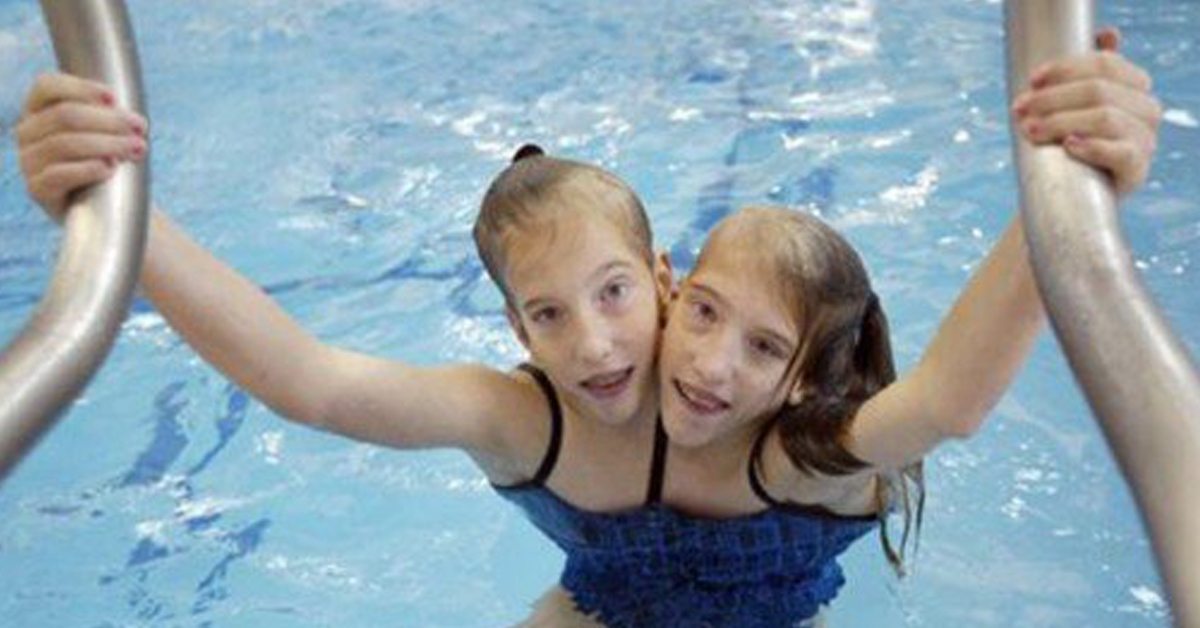
- #Abby and brittany hensel x ray skin
- #Abby and brittany hensel x ray full
- #Abby and brittany hensel x ray series
There are a few well-documented examples of how craniopagus twins fare after separation. Rital and Ritag will probably need further surgery to fully repair their patchworked skulls. In young children, the dura can regenerate bone, Dunaway says. By driving chisels between them, surgeons can split the bone, lift up a section and so double its original area. Skull bone has three main layers – tough inner and outer layers separated by a spongy middle.
#Abby and brittany hensel x ray skin
The balloons gradually stretched the skin of the scalp so that surgeons had plenty of skin to work with during the final surgery. “The children looked very peculiar indeed with four huge lumps on their heads,” says Hayward. To solve the problem, the surgeons put four silicone balloons underneath the twins’ scalps, between the bone and skin, and slowly filled them with saline solution.

#Abby and brittany hensel x ray full
Throughout the surgery, the surgeons were preparing for the final hurdle before full separation: craniopagus twins don’t have enough bone and skin between them to form complete skulls and scalps when the time comes to sew everything up. The surgeons sometimes placed a sheet of non-stick material between the two brains to keep veins and tissues separate while they recovered. When possible, shared veins were split at a junction, so that each twin got one part of the vein. The surgeons sliced through veins, tying them off with ligatures and dissolvable sutures. When drilling through the skull to reach the blood vessels, surgeons use a craniotome – a high-speed drill equipped with a kind of “foot” that pushes the brain out of the way so that only bone is cut. “If you perform the surgeries slowly enough and give time for recovery, collaterals gradually grow,” explains lead surgeon David Dunaway.įor each vein-dividing surgery, the surgeons opened a window in the twins’ skulls and operated on the veins in that space. The plan was to give one twin most of the superficial system and the other most of the deep system, in the hope that both brains would adapt to the loss by expanding small “collateral” blood vessels that connect the two systems.

Two major systems of veins drain blood from the brain: a superficial system woven into outer layers of the dura mater – an envelope of protective tissue surrounding the brain – and a deep system in internal brain structures. In May this year, when the twins were around 8 months old, the surgeons began to divide the veins in their brains. A recent review looked at the outcome of 41 craniopagus surgeries and found a death rate of 63 per cent for all-at-once operations, compared with 23 per cent for multiple-stage operations.Īlthough blood was not pumping evenly across the Sudanese twins’ brains, meaning Ritag’s heart was overwhelmed and close to failing, the surgeons decided that they had enough time to safely separate the girls in stages.

However, surgeons prefer to separate craniopagus twins in stages, allowing their skulls and veins to recover between each operation. If craniopagus twins are in a critical condition – if one is close to heart failure, for instance – surgeons have to work as quickly as possible. The surgeons also asked Cavendish Imaging, an anatomical imaging specialist in the UK, to print a 3D model of the twins’ skulls, including skin, bone and blood vessels. A media production company named Glassworks Amsterdam used these images to make a CGI video of blood rushing in and out of the twins’ brains.
#Abby and brittany hensel x ray series
To model blood flow, neurosurgeons injected dyes into the twins’ arteries and traced the blood’s path in and out of the brain with a rapid series of X-rays.


 0 kommentar(er)
0 kommentar(er)
